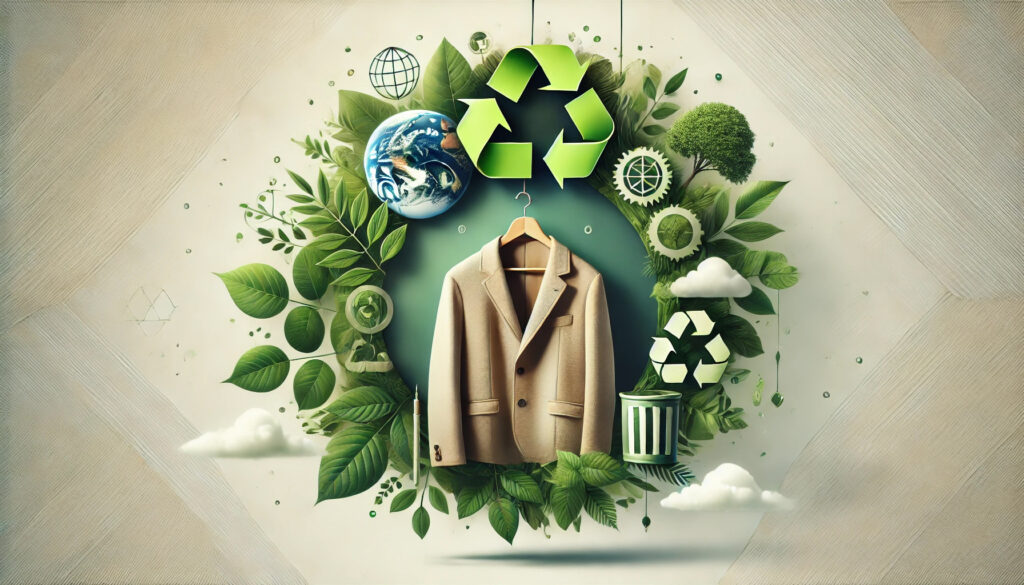Consumers, especially younger generations, are no longer satisfied with surface-level claims of sustainability. They demand proof. They seek transparency about product origins, ethical labor practices, and a brand’s genuine commitment to the planet and its people. The challenge for businesses isn’t just adopting sustainable practices but effectively and authentically communicating those efforts. Let’s explore how brands can rise to meet these expectations while avoiding the pitfalls of greenwashing.

How Brands Can Authentically Communicate Sustainability and Ethical Practices
A Lesson in Transparency: Patagonia’s Bold Move
In 2011, Patagonia launched its now-famous “Don’t Buy This Jacket” campaign. The advertisement featured one of their jackets alongside a message urging consumers to think twice before making a purchase. Patagonia highlighted the environmental cost of producing the jacket, including the water and energy consumed, to encourage more thoughtful consumption.
This bold move could have backfired, but instead, it resonated deeply with their audience. By being transparent about the impact of their products and advocating for reduced consumption—even at the expense of sales—Patagonia cemented itself as a brand genuinely committed to sustainability. The campaign boosted their credibility, increased loyalty, and paradoxically led to a rise in sales as consumers sought out their products for their honesty and ethical practices.
The Framework for Authentic Communication
To communicate your sustainability efforts authentically, you must do three things:
- Be Specific and Honest Avoid vague claims like “eco-friendly” or “green product.” Instead, provide concrete details. For instance, Patagonia doesn’t just claim to be sustainable; they openly discuss the materials they use, how they source them, and their initiatives to repair clothing to extend its lifecycle. If you’re not perfect, admit it and share your plan to improve.
- Tell Your Story Humans connect with stories. Highlight the journey behind your efforts. For example, TOMS built its brand by sharing its mission to donate a pair of shoes for every pair purchased. Their transparency about how this works—and how they’ve evolved to include other giving initiatives—cements their authenticity.
- Engage Your Audience Invite your customers to participate. Brands like Lush encourage customers to return empty containers for recycling, rewarding them with free products. By creating opportunities for engagement, you not only build goodwill but also inspire your audience to become advocates for your mission.
Common Pitfalls to Avoid
- Greenwashing: Exaggerated or false claims about sustainability can backfire. H&M’s “Conscious” collection faced criticism for lack of clarity about what made the products sustainable. Ensure your claims are backed by evidence and certifications.
- Token Efforts: Launching a single “sustainable” product while ignoring broader impacts can damage credibility. Consumers will see through efforts that feel more like marketing gimmicks than meaningful change.
- Neglecting Accountability: It’s not enough to start sustainable practices—you must also measure and report their impact. Ben & Jerry’s publishes annual reports detailing their carbon footprint, ingredients’ origins, and social impact initiatives. This transparency strengthens their reputation.
Actionable Steps to Take Today
- Audit Your Supply Chain: Understand where your materials come from, who produces them, and under what conditions. Identify areas for improvement.
- Educate Your Team: Ensure every employee understands your sustainability goals. They’re your first advocates and can help spread the message authentically.
- Leverage Certifications: Obtain recognized certifications like Fair Trade, B Corp, or LEED to validate your claims and boost consumer confidence.
- Communicate Progress: Use your website, social media, and packaging to share updates on your sustainability journey. Transparency about milestones and challenges makes your efforts relatable and credible.
The Heroic Path Forward
The brands that will thrive in the next decade are those brave enough to face scrutiny, take accountability, and lead with purpose. Consumers aren’t looking for perfection; they’re looking for progress. By being honest, telling your story, and involving your audience, you’ll not only build a sustainable brand but also a loyal community.
The lesson from Patagonia’s campaign remains true: authenticity isn’t about having all the answers—it’s about being committed to finding them. Will your brand take up the challenge?
